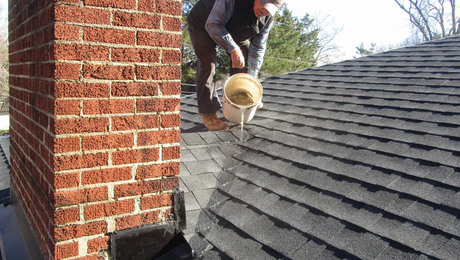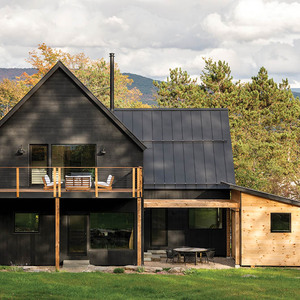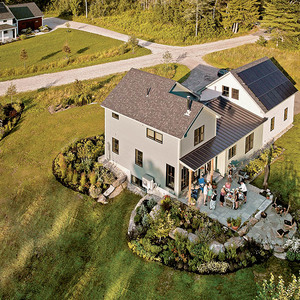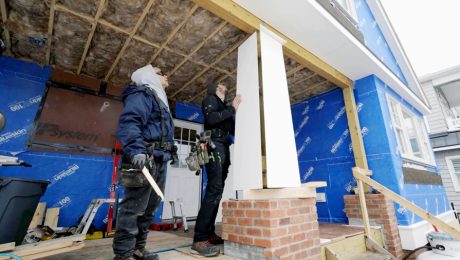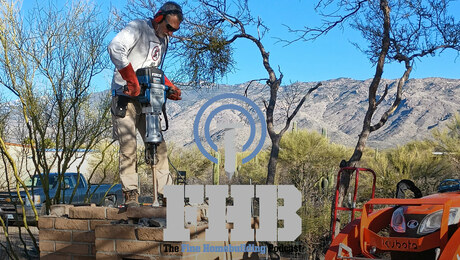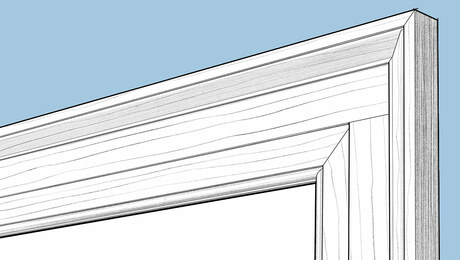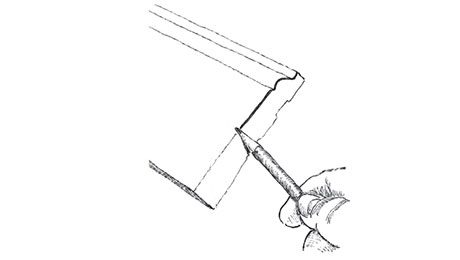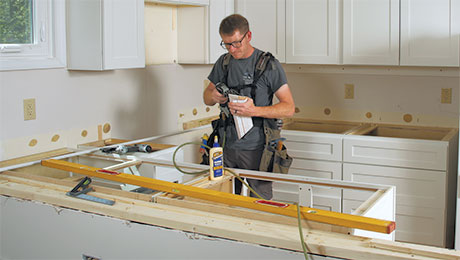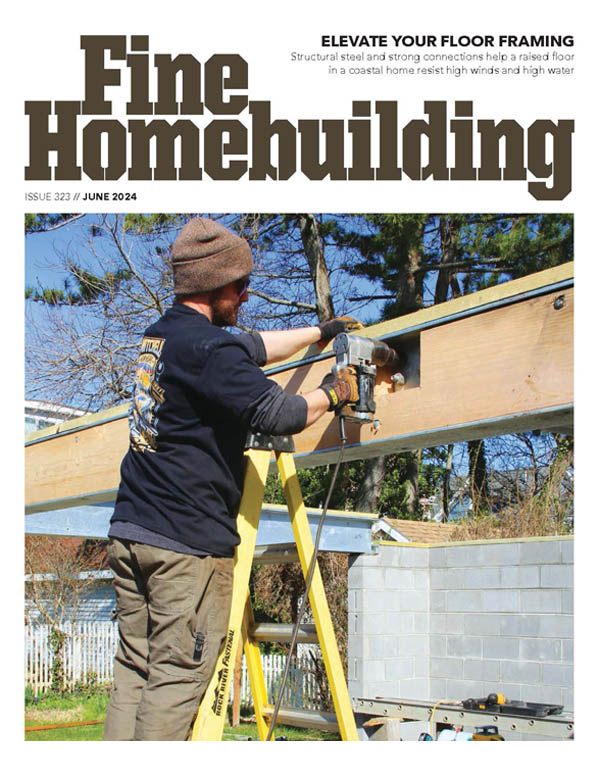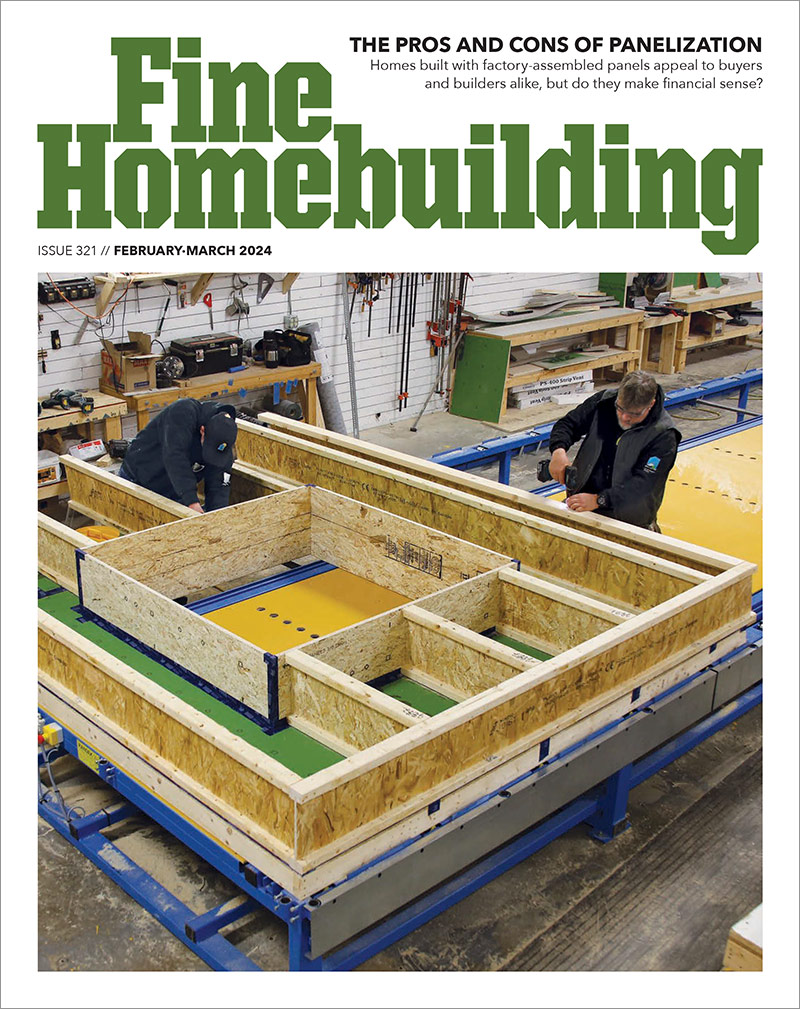Routers: Taking the Plunge
There are lots of models on the market; here's advice from a carpenter who tried out 16 of the best.
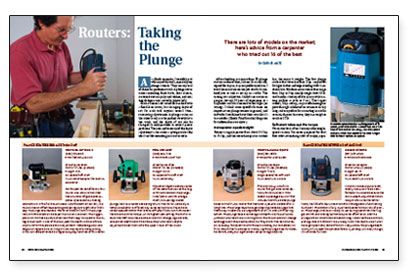
Synopsis: This tool survey compares 16 professional-grade plunge routers ranging from 1-1/2 horsepower up to 3-1/4 horsepower, explains how certain features are useful for certain functions, and makes recommendations for small, medium, and large-sized routers. Includes a sidebar that explains plunge-lock mechanisms.
As a finish carpenter, I wouldn’t part with any of my tools, especially my plunge routers. They are my tool of choice for production work: A plunge router makes installing flush bolts, door closers, mortised custom pulls and strikes, and cutting dadoes easier and safer.
Each of these tasks could be handled with a fixed-base router, but changing depth of cut for each task requires several time-consuming adjustments. A plunge router, on the other hand, can be pushed directly into the work, and the depth of cut can be changed in mid-operation to several preset positions. The ease and accuracy of the depth adjustments also makes a plunge router the ideal tool for mounting in a router table.
After checking out more than 20 plunge routers on the market, I chose 16 models designed for day-in, day-out professional use. I tried these routers on the job site for handheld jobs as well as set up in a table. The testing was subjective; I didn’t use meters or gauges, just my 30 years of experience as a carpenter and what seemed to feel right (or wrong). I think some specific features are important on plunge routers in general, and individual machines have their own details to consider.
Horsepower equals weight
Routers range in power from about 1 1⁄2 hp. to 3 1⁄2 hp., and the more horsepower a router has, the more it weighs. The few plunge routers that have less than 2 hp. are perfect for light dadoes and edge-beading with 1⁄4-in. shank bits. Medium-size routers that range from 2 hp. to 3 hp. usually weigh about 10 lb. and handle a variety of bits (some with cutting profiles as wide as 3 in.). The largest routers, 3 hp. and up, are powerful enough to plow through solid-surface counters all day long and are perfect for mounting in a table as mini-shapers; however, they can weigh as much as 17 lb.
Soft start takes out the torque
No matter how often I use my older single-speed routers, I’m never prepared for that first wrist-wrenching twist of torque, especially from the larger motors. With soft start, there’s never any fear of throwing the switch and losing your grip on the tool or having the tool lurch at start-up. This feature is particularly important for routers with toggle switches or other devices that aren’t easy to reach while your hand is on the handle. Soft start is a particular feature I always look for in a router.
Turning on the power isn’t always easy
Of all the features that routers share, manufacturers seem to disagree on the elemental on/off switch, and most have missed the proverbial boat. Personally, I don’t understand the dilemma: Trigger switches with lock-on buttons (which have been around for decades), such as the Bosch and PorterCable 7539, work perfectly. They’re on the handle directly beneath your fingers or thumb, making them easy to turn on and easier to shut off. Other switch designs require unnecessary contortion or hand movement.
For more photos and details, click the View PDF button below:
